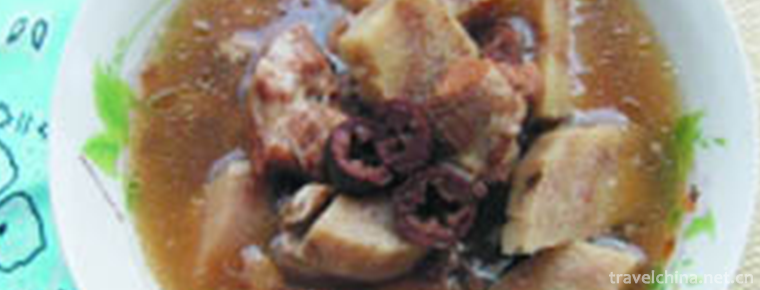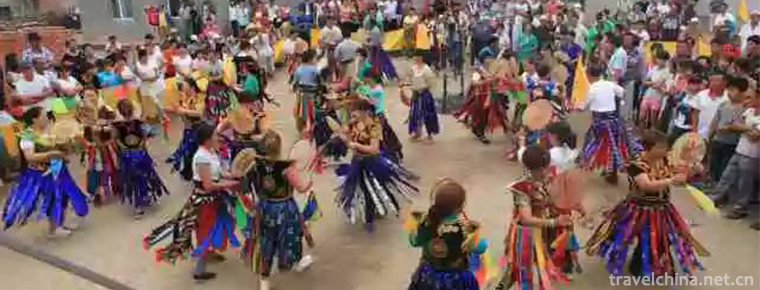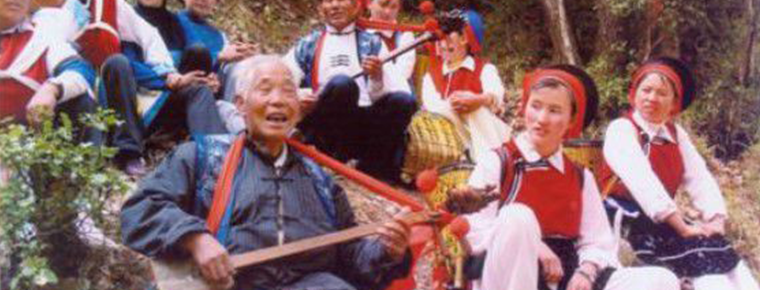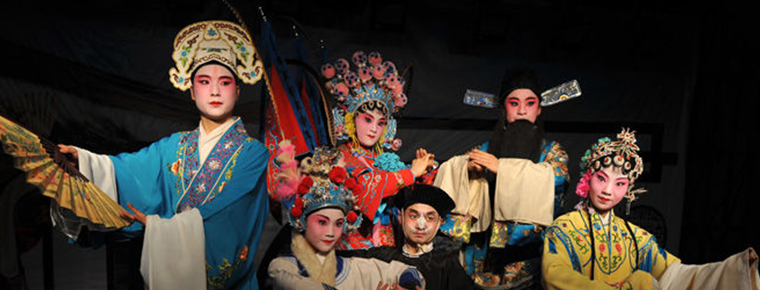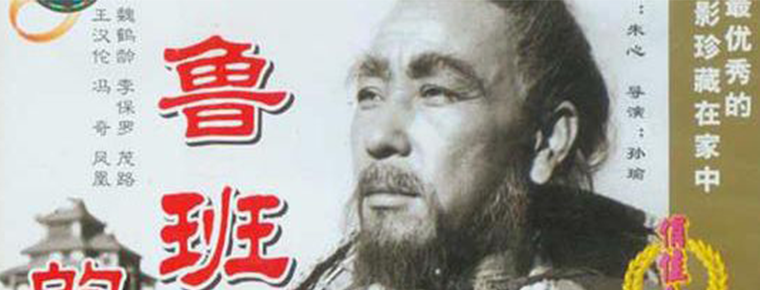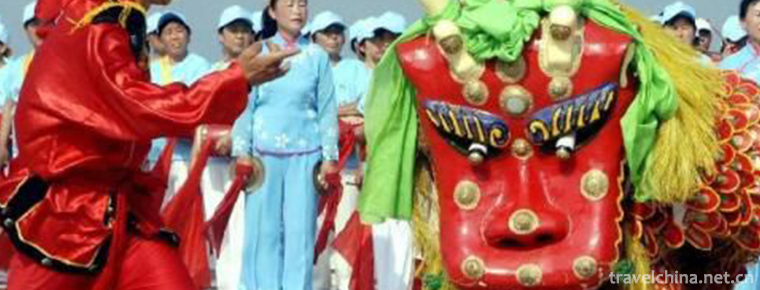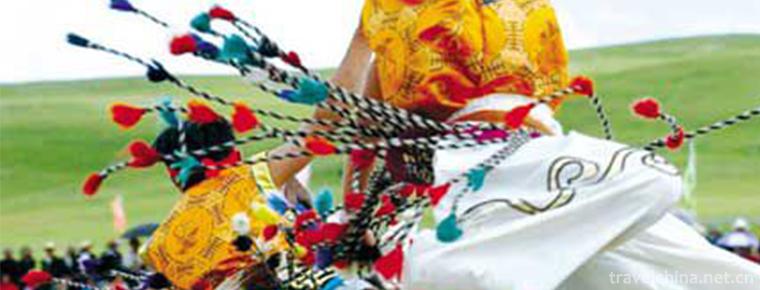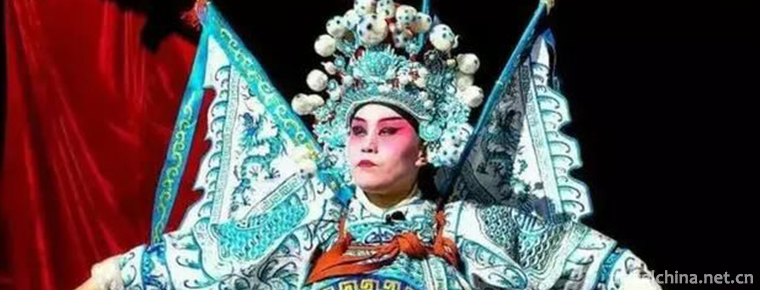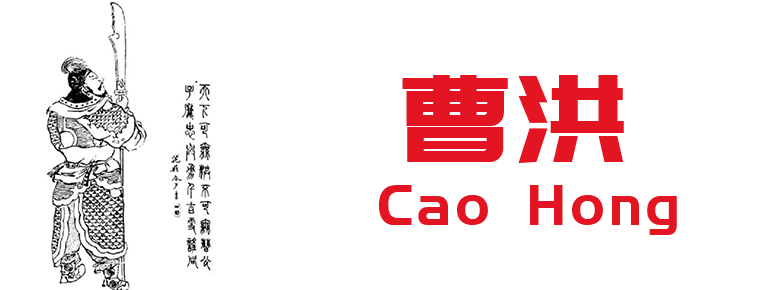Shaoxing Ci Tone
Shaoxing Ci Tone
Shaoxing Ci Diao, also known as Flower Diao, is commonly known as vernacular. It is a traditional folk song sung by blind artists (most of whom are women), and a story sung by three to nine people in different roles. It is a kind of folk art that transits from playing Ci to spreading reeds. It is popular in Shaoxing City of Zhejiang Province and its surrounding areas.
On June 7, 2008, Shaoxing Ci Tiao was approved by the State Council to be included in the second batch of national intangible cultural heritage list.
Historical Origin
The materials of the Song and Ming Dynasties all contain information about Shaoxing's singing art of "Blind Man Workshop" and "Village Blind Man... The record of "playing and singing words" and "playing and speaking words". Shaoxing Ci Diao's existing books (songs) and contents, Lyric forms, singing forms and so on, all reflect its inheritance relationship with the words and expressions flourishing in Yuan and Ming Dynasty, which is quite an ancient variety of folk art.
On December 12, 1916, Mr. Lu Xun's family sang Shaoxing Ci Tune, a "flower tune", to celebrate Lu Mu's sixtieth birthday. It can be seen that Shaoxing Ci Tune was very popular among the public at that time.
In the 1930s, Shaoxing Ci-tune flourished, with 50 or 60 artists; in the early 1950s, there were 22 artists registered; and in the mid-1960s, there were 10 artists.
Ten artists sang in the mid-1960s.
Traditional Bibliography
The traditional long bibliography of Shaoxing Ci Dialect has 18 old biographies, only 36 of which are lost seriously, and some of them are unique bibliographies of Shaoxing Ci Dialect, and there are still more than 50 "saving poems" (the opening part).
Inheritance Significance
Shaoxing has a long history of CI tunes, rich books (songs) and ancient versions. The singing music is simple and has a certain impact on the music of Hangzhou and Ningbo. But the artists are few and far between, and the music will be absolutely brilliant. Shaoxing's cultural department is stepping up its efforts to collect information and organize young actresses to learn and inherit.

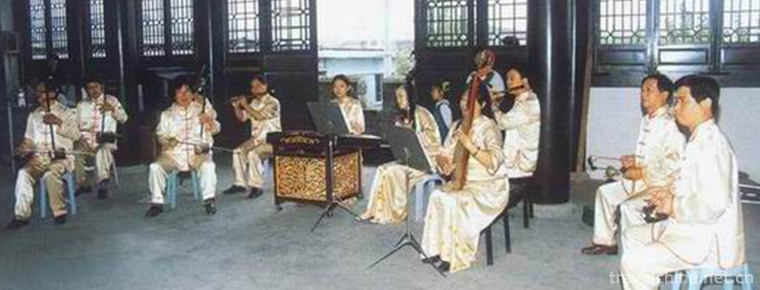
-
Eight claw Fish Powder Pueraria Decoction
500 grams of Pueraria Thunb, 50 grams of octopus, 400 grams of pork legs, four candied dates, and 1/6 peel..
Views: 132 Time 2019-03-27 -
Bo dance
Horqinbo dance, a primitive religious dance, is a form of Mongolian Bo (Shaman) "Xingbo" (Dancing God) and sacrifice. It is characterized by the combination of inspiration,.
Views: 371 Time 2019-04-04 -
Jianchuan Opera
Jianchuan Baiqu is an ancient music variety with a long history and wide spread in Bai nationality area. It is mainly popular in Jianchuan, Eryuan and Tongdian, Jinding and Jiuhe of Lanping County, Nu.
Views: 309 Time 2019-05-05 -
Jinghe Opera
Jinghe Opera, a local traditional drama in Lixian County, Hunan Province, is one of the national intangible cultural heritage..
Views: 186 Time 2019-05-08 -
Printing and Dyeing Techniques of Blue Printed Cloth
The printing and dyeing technology of blue printed cloth is a kind of anti-dyeing and printing method of indigo printed cloth. The dye is extracted from Polygonum multiflorum..
Views: 230 Time 2019-05-11 -
Legend of Luban
productivity and the change of production tools have created conditions for the improvement of technology..
Views: 238 Time 2019-05-15 -
Pudong Storytelling
Pudong storytelling, also known as cymbal books, Shanghai books, peasant books and so on. Pudong pays equal attention to both storytelling and singing, pays attention to plot, and has a fast rhythm. T.
Views: 110 Time 2019-06-09 -
kylin dance
Kirin dance, also known as "Wu" Kirin, is a court dance performance of the Ming Dynasty in China. It was spread among the people when the Nanming Dynasty perished. When dancing, .
Views: 97 Time 2019-06-10 -
Reba Dance
Reba dance is a form of dance performed by Tibetan "Reba" artists. Reba is a group of street artists who make a living selling arts (usually composed of family as the basic unit) performing,.
Views: 175 Time 2019-06-11 -
Tongzhou Bangzi
Tongzhou Bangzi originated in more than ten counties of Dali (Gutongzhou) Center in the east of Guanzhong, Shaanxi Province. Accompanied instruments, besides drum beating, are also named for their str.
Views: 93 Time 2019-06-21 -
Cao Hong
Cao Hong(? - two hundred and thirty two). Pei Guo Qiao (now Anhui) Bozhou People. Emperor Wei and Emperor Wei of the late Han Dynasty and the Three Kingdoms period Cao Cao From brother..
Views: 204 Time 2019-09-15 -
Environmental protection in Mianyang
In 2018, the water quality of Fujiang, Kaijiang, Zijiang, Anchang River, Furong River, Tongkou River and Luban reservoir in Mianyang City accounted for 100% of the total water quality. Among them, Fujiang River, Tongkou River, Zijiang River and Anchang.
Views: 343 Time 2020-12-14
